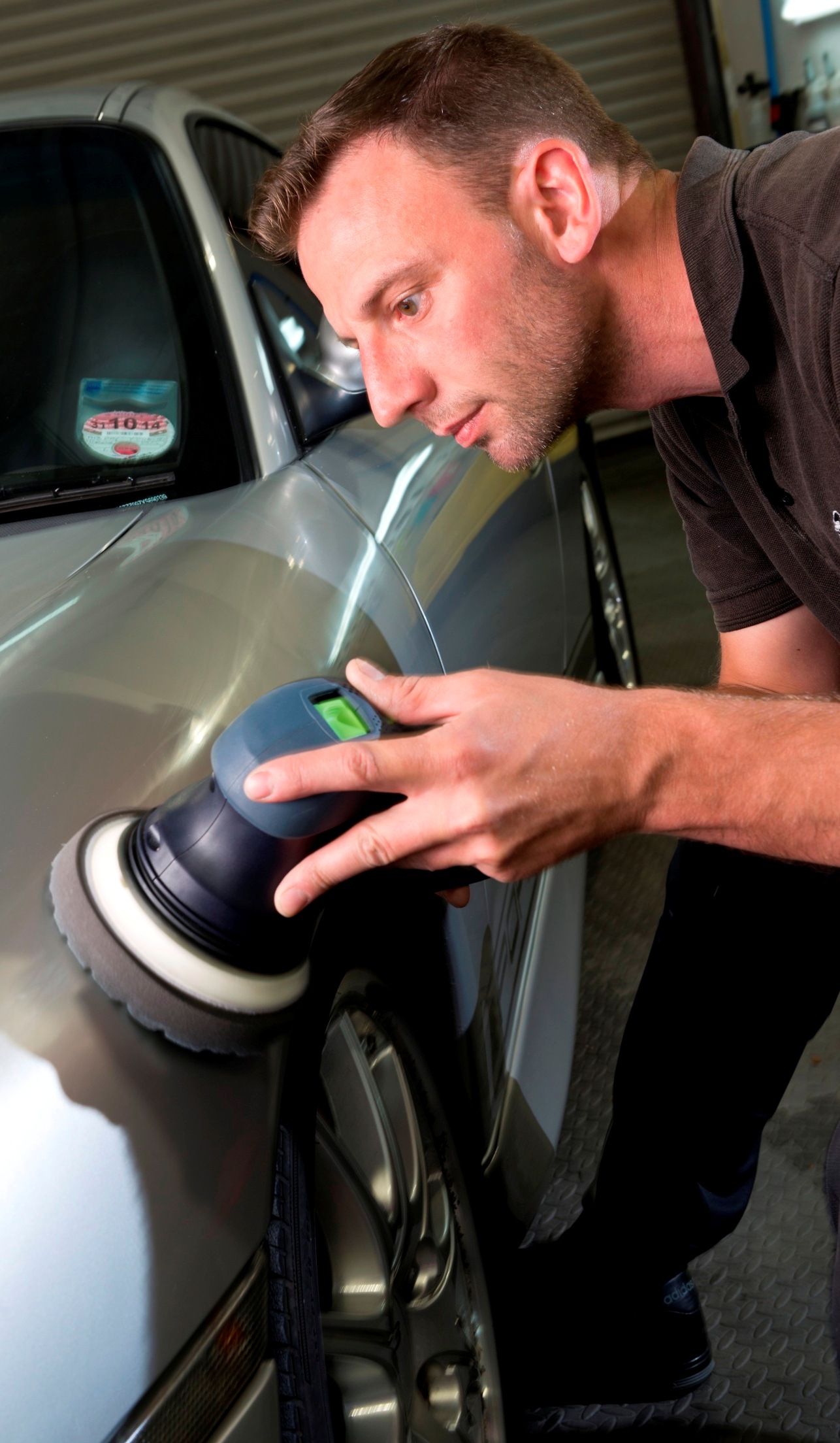The differences between a wax, a polish, and a glaze
Many people use the terms 'polish' and wax' interchangeably - and while this maybe the case in certain situations, such as when describing wood care products, for a car detailer they are very different products.
Polishes modify a surface through abrasion, normally with abrasive particles held in a liquid suspension. They are not designed to form a layer on top of the surface, and while some have a 'filling' effect, essentially masking imperfections, this is a by product of the abrasive molecules and not by design. A proper detailer will wipe the surface down during and after polishing specifically to remove any filling effect in order to see the true condition of the paint.
Waxes in contrast are designed to create a sacrificial layer on top of the paint, filling in imperfections, adding protection and gloss. However, when a wax eventually wears off, the surface will be left in the same condition it was prior to the wax being applied. With a polish, the changes made to the surface are permanent.
To make the topic all the more enthralling, there is a third category of products relevant to this blog - glazes. While some waxes will fill minor imperfections in the paint, glazes are engineered specifically to fill as much as possible. In contrast to waxes, they don't usually offer the same protection - though you can wax on top of a glaze in most circumstances.
To add to the complication, there is also a whole genre of products known as AIOs or All In Ones. These combine polish, glaze, and wax in one product theoretically accelerating the paint correction and protection steps into a single, streamlined process. However, as a polish they are normally very fine - thus unable to remove anything but the lightest of defects. As a glaze they work quite well, but rarely fill as effectively as a dedicated glaze. As a wax they simply fail to match the gloss and protection of a dedicated product. However, AIOs do offer the quickest route from poor paintwork to passable paintwork - that said, the speed at which a detailer operates is not the yardstick they should be judged by.
A final point, on a question we regularly get asked, is the order in which one would use these products. Hopefully the information above makes it clear, but in the interests of complete clarity - a polish should be used first, then a glaze (though if the car has been polished well it shouldn't be necessary), then a wax. If you are using a sealant, this needs to be applied after polishing and before waxing - and it's best not to use a glaze at all in this circumstance.
To find out more about LSPs (last stage products) and other detailing jargon, check out the PVD Pro Detailer Magazine or get in touch with your local PVD member if you have any questions.


